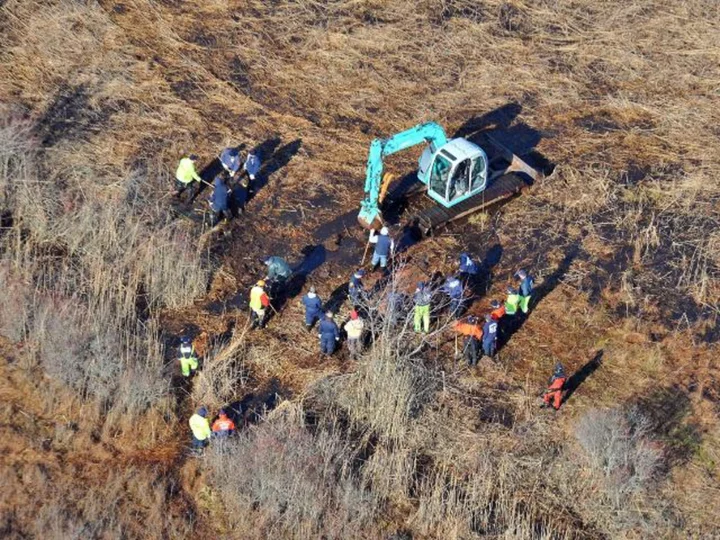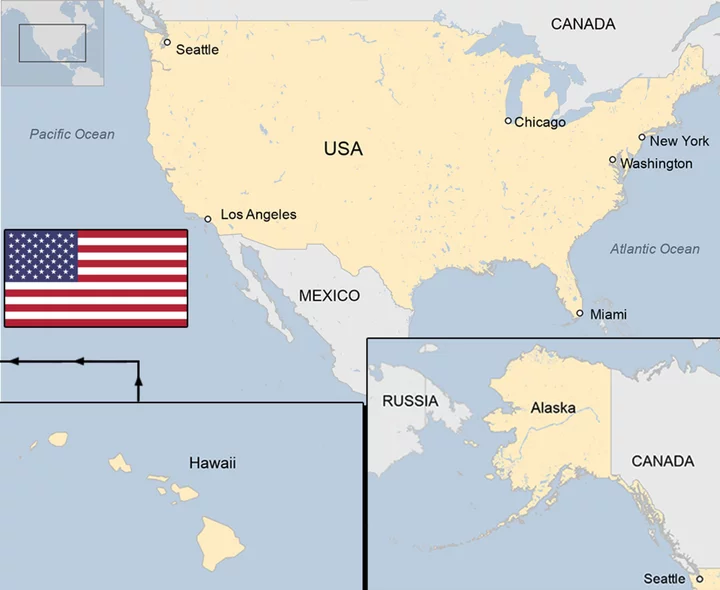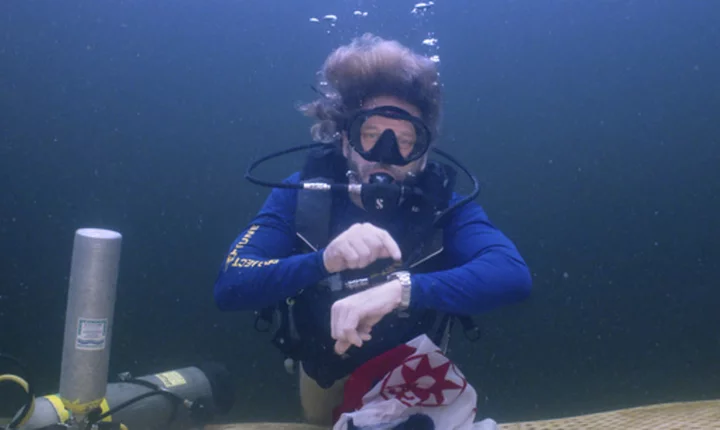After the remains of four women were found near a beach in Long Island, New York, more than a decade ago, investigators say DNA evidence and cellphone data now point to a murder suspect -- a local architect whose internet history showed him often searching the status of the case and details about the victims.
Rex Heuermann was arrested in New York City on Thursday, more than a year after a police task force explored his possible connection to the cold case known as the "Gilgo Four," named for the beach where the remains were found.
Heuermann, 59, was indicted on one count of first-degree murder and one count of second-degree murder in each of three of the killings -- Melissa Barthelemy in 2009, and Megan Waterman and Amber Costello in 2010, according to the indictment. He pleaded not guilty Friday during his first court appearance on Long Island and was remanded without bail.
The defendant, who told his attorney he did not carry out the killings, is also the prime suspect in the 2007 disappearance and death of a fourth woman, Maureen Brainard-Barnes, according to a bail application from Suffolk County prosecutors. Heuermann has not been charged in the case, but the investigation "is expected to be resolved soon," the document states.
"Rex Heuermann is a demon that walks among us. A predator that ruined families. If not for the members of this task force, he would still be on the streets today," Suffolk County Police Commissioner Rodney Harrison said during a news conference Friday, and offered his condolences to the victims' families.
"To the family members of Amber Costello, Melissa Barthelemy and Megan Waterman. I can only imagine what you've had to endure over the last decade regarding knowing that your killer was still loose. God bless you," Harrison said before hugging a few people standing behind him.
Authorities had been left with little information after a search for a missing woman in 2010 led to the discovery of multiple sets of human remains at Gilgo Beach. By the time the remains of the missing woman, Shannan Gilbert, were found the following year, at least 10 sets of human remains had been recovered across two Long Island counties.
As they searched for a suspect in the "Gilgo Four" case, investigators combed through phone records from both midtown Manhattan and the Massapequa Park area in Long Island -- places where the suspect is believed to have used a burner phone, court documents show.
"For each of the murders, he got an individual burner phone, and he used that to communicate with the victims. Then shortly after the death of the victims, he then would get rid of the burner phone," Suffolk County District Attorney Ray Tierney said during a news conference Friday.
In February 2022, Harrison created a task force to focus on solving the cold case. By mid-March, Heuermann's name showed up on authorities' radar after a New York state investigator identified him in a database, according to Tierney.
Investigators say they narrowed cell tower records from thousands of possible individuals down to hundreds and then to a handful of people. Next, authorities focused on residents who also matched a physical description provided by a witness who had seen the suspected killer.
As the search pool narrowed, they zeroed in on anyone with a connection to a green pick-up truck a witness had seen the suspect driving, according to two law enforcement sources with knowledge of the case. Later, authorities learned Heuermann drives a green pickup truck registered to his brother.
Eventually, investigators found Heuermann matched a witness's physical description, lived close to the Long Island cell site and worked near the New York City cell sites where other calls were captured.
Cell phone and credit card billing records show numerous instances where Heuermann was in the general locations as the burner phones used to call the three victims "as well as the use of Brainard-Barnes and Barthelemy's cellphones when they were used to check voicemail and make taunting phone calls after the women disappeared," Suffolk County prosecutors allege.
The defendant's next court appearance is scheduled on August 1.
Technology played critical role in identifying suspect, DA says
A major factor in the case that helped point investigators to Heuermann as a suspect is DNA evidence, which was made possible due to the latest scientific innovations in the field.
After Heuermann was identified as a suspect in March 2022, authorities placed him and his family under surveillance and would obtain DNA samples from discarded items. A team later gathered a swab of Heuermann's DNA from leftover crust in a pizza box he threw in the trash, according to Tierney.
During the initial examination of one of the victims' skeletal remains and materials discovered in the grave, the Suffolk County Crime Laboratory recovered a male hair from the "bottom of the burlap" the killer used to wrap her body, according to prosecutors. Analysis of the DNA found on the victim and the pizza showed the samples matched.
Additionally, hair believed to be from Heuermann's wife was found on or near three of the murder victims, prosecutors allege in the bail application, citing DNA testing. The DNA came from 11 bottles inside a garbage can outside the Heuermann home, the court document says.
The hairs, found in 2010, were degraded and DNA testing at the time couldn't yield results. But as technology progressed, mitochondrial DNA testing allowed investigators to make the connection, Tierney explained.
The victims' remains "were out in a tough environment for a prolonged period of time. So, there was not a lot of forensic evidence," Tierney told CNN's Anderson Cooper on Friday, and credited the FBI and one of its agents for a "phenomenal job" with extracting the evidence.
Evidence shows Heuermann's wife and children were out of the state when the three women are believed to have been killed, Tierney said during Friday's news conference.
A search of Heuermann's computer revealed he had scoured the internet at least 200 times, hunting for details about the status of the investigation, Tierney added. Heuermann's internet history also turned up searches for torture porn and "depictions of women being abused, being raped and being killed," Tierney said.
Heuermann was also compulsively searching for photos of the victims and their relatives, and he was trying to track down relatives, the district attorney said.
Victims were found days apart in 2010
While the 10 sets of human remains found are all being investigated as victims of suspected homicide, four of the women found have garnered specific attention due to the similarities found in their deaths.
The victims known as the "Gilgo Four" were all last seen alive between 2007 and 2010, and their remains were found along a quarter-mile stretch of road in a span of three days in December 2010.
The women, who all worked in the sex industry, were also buried in a similar fashion, Tierney noted.
"All the women were petite. They all did the same thing for a living. They all advertised the same way. Immediately there were similarities with regard to the crime scenes," he said. The killer concealed their bodies by wrapping them in camouflaged burlap, the type used by hunters.
Authorities have said they believe the death of Gilbert, whose disappearance sparked the searches that found the other victims, may have been accidental and not related to the other killings.









